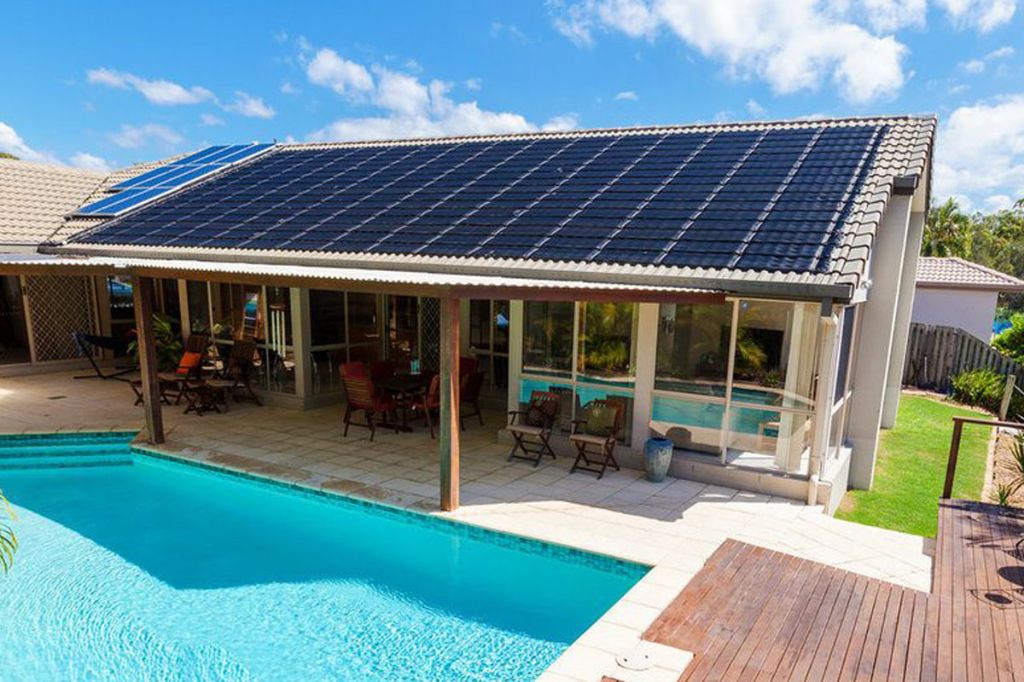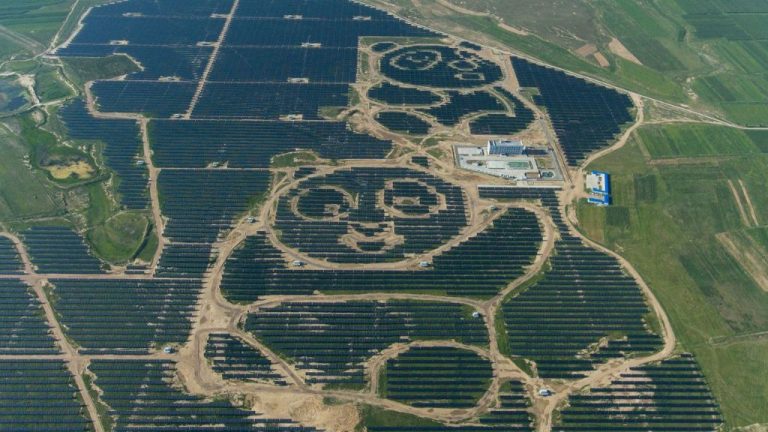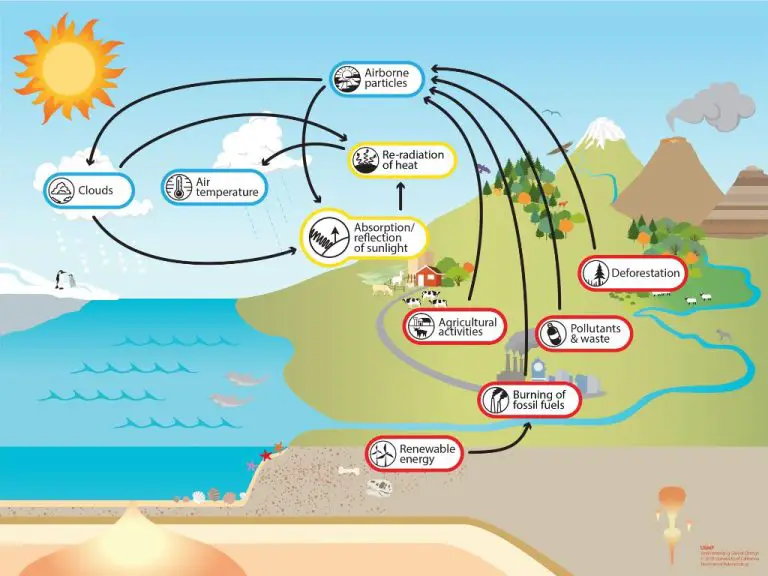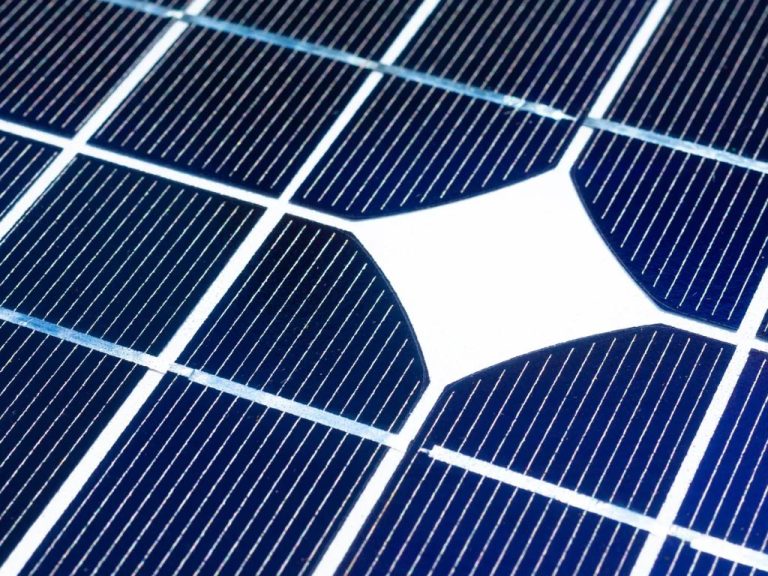Can I Use My Existing Solar Panels To Heat My Pool?
Solar panels can be used to heat swimming pools and reduce energy costs. Solar pool heating offers a number of benefits including energy savings, environmental friendliness, and low maintenance. By using existing solar photovoltaic panels or dedicated solar thermal collectors, pool water can be heated passively using free and renewable solar energy. During summer months, up to 90% of pool heating demand can be provided through solar energy. Solar pool heating is a cost-effective and sustainable way to extend the swimming season and make pool water more comfortable.
[https://symbiontservice.com/2018/05/24/the-pros-and-cons-of-solar-pool-heating-systems/]
How Solar Pool Heating Works
Solar pool heaters use solar collectors to capture heat from the sun and transfer it to the pool water. There are two main types of solar pool heating systems:
Passive systems rely on the natural flow of water between the pool and the solar collectors. As the pool pump circulates water, the collectors absorb heat from the sun and transfer it to the water. This heated water then flows back to the pool, raising the overall temperature. Passive systems require no additional pumps or controls.
Active systems use a dedicated pump to circulate pool water through the solar collectors. This allows the collectors to be positioned differently than passive systems. The pump ensures adequate flow rates to maximize heat transfer. Active systems require an additional pump and control system but tend to be more efficient than passive designs [1].
Both types of solar pool heaters rely on solar collectors to convert sunlight into heat energy. These collectors are made of materials that readily absorb sunlight and transfer that heat to the water flowing through them. The most common types are unglazed or glazed panels made of plastic or metal. The key is having a large surface area exposed to the sun.
Sizing Your Solar Pool Heating System
Properly sizing your solar pool heating system is critical to ensuring it can adequately heat your pool. The size required depends on several factors:
- Your climate – Solar systems in cooler climates need more panels.
- Pool size – Larger pools require more solar collectors.
- Usage – Pools used year-round need larger systems.
- Shading – Solar access affects efficiency.
As a general guideline, you need solar collectors with surface area equal to 50-100% of your pool’s surface area (source: https://blog.intheswim.com/solar-pool-heater-sizing-guide/). However, an accurate size calculation depends on your location and pool specifics.
Online solar pool heating calculators like https://www.poolheatpumps.com/solar-panel-calculator.html can provide personalized system sizing recommendations based on your inputs. Or work with a solar contractor who can assess your needs and design the ideal system.
While DIY solar pool setups are possible, professional installation optimizes efficiency and longevity. Reputable solar contractors determine proper sizing, recommend quality components, obtain permits, manage installations, and can often help secure solar incentives and rebates.
Installing the Solar Collectors
The solar collectors, also called solar panels, are a key component of the solar pool heating system. Proper installation and positioning of the solar collectors is critical for maximum efficiency. There are two main options for mounting the solar collectors – on the roof or on the ground near the pool.
For roof mounting, the solar collectors are installed on an angled rack and secured using lag bolts into the roof rafters. The angle of the solar panels should be the same as the latitude of your location to optimize sun exposure. The panels are wired together in series or parallel and connected to the pool’s filtration system. Roof mounting is common for sloped roofs that face south or southwest.
Ground mounting involves installing the solar panels on frames near the pool itself. This may be on the ground, on a patio/deck, or elevated on poles or a short wall. Ground mounting allows flexibility in orienting the panels, but requires nearby open space with sun exposure. The solar collectors connect to the pool equipment underground. Ground mounting works for any roof type and allows easier access for maintenance.

In either mounting method, the solar collectors should have unobstructed sun exposure throughout the day. Proper orientation is key for harnessing the sun’s energy. The installation process involves securing the mounting system, assembling the solar collectors, connecting plumbing lines, and integrating controls.
Connecting to Your Pool’s Plumbing
The solar collectors need to be connected into the pool’s plumbing system to heat the water. There are two main ways to do this:
Using a Separate Solar Loop
One option is to plumb a separate loop just for the solar heating system. This involves installing a second pump to circulate water through the solar collectors and back to the pool. The solar loop ties into the main pool piping via diverter valves, allowing you to control when solar heating is enabled (Swimming Pool Steve).
The advantage of a separate solar loop is that you can optimize the flow rate for maximum solar heat collection. You can also turn off the solar heating without interfering with the main pool filtration system.
Tying into the Main Circulation
Alternatively, you can connect the solar heating panels directly into the main pool pump and filter system. This is a simpler, low-cost option. The panels are plumbed in line after the filter but before the chlorinator and heater (InTheSwim).
The downside is that you can’t independently control the flow rate through the solar panels. And anytime you turn off filtration, you also lose solar heating. But for many pools, tying into the main circulation is an effective approach.
Controlling the Solar Heating System
To optimize the efficiency of your solar pool heating system, you’ll need sensors and an automatic controller that regulates when solar heated water flows to the pool. The sensors measure water temperature in the solar collectors and in the pool. The controller uses this information to decide when to turn the pump on and route water through the collectors.
The key settings on the controller are the solar “on” and solar “off” temperatures. For example, you may set the controller to turn on the solar heating when the collector sensor reads 5°F warmer than the pool sensor. You’d set the “off” differential to turn off solar heating when the collector is only 2°F warmer. This prevents cooler water from entering the pool.
Setting the differential temperatures allows the system to maximize solar heat collection while preventing nighttime heat loss. The most efficient setting depends on factors like your climate and pool size. Refer to the manufacturer’s instructions for specific recommendations. With some trial and error, you can dial in the optimal settings.
Using an automated differential controller is crucial for effective solar pool heating. It provides hands-off convenience while optimizing solar heat capture. Just be sure to test and adjust the settings to match your pool.
Maintenance Requirements
Solar pool heating systems require periodic maintenance to keep them operating efficiently. It’s recommended to visually inspect the system components several times per year for any leaks, cracks, or other issues.
Check glazing on collectors for cracks that could allow water to leak out. Also inspect plumbing connections for leaks, and check the system valves to ensure proper operation. If leaks are found, they should be repaired immediately to prevent damage or wasted energy.
In climates prone to freezing temperatures, steps must be taken to prevent pipes from freezing in the winter if the solar heating system will be shut down. Draining the collectors and piping is the best protection. Antifreeze may also be added to the system, and all valves should be turned to their ‘winter’ positions so water can freely expand without damage.
Additionally, the solar collector glazing will need occasional cleaning to remove dust, dirt, and debris that can impede heat transfer. Use water and a soft brush or sponge to gently clean the panels as needed.
Sources:
https://www.energy.gov/energysaver/solar-water-heating-system-maintenance-and-repair
Costs and Payback Period
The costs of a solar pool heating system can range from $2,500 to $4,000 for purchase and installation according to Solar Swimming Pool Heaters. This provides a payback period of 1 to 7 years depending on your climate and how much you currently spend heating your pool.
According to Solar Water Heater Payback, the monthly cost to heat a pool with electricity is around $400 while solar heating costs around $10 per month. For a typical system with a 20 year lifespan and $2,500 installation cost, the payback period is just over 3 years.
With a solar pool heating system costing $3,000 to $4,500 to install as noted by Every Cost You Can Expect Related To Solar Heating, the typical payback period ranges from 1.5 to 5 years. The payback depends on electricity rates, system costs, climate, and pool usage. In optimal conditions, solar heating can provide over 70% of a pool’s heating needs and cut electricity usage dramatically.
Incentives and Rebates
There are a few financial incentives available to help offset the upfront costs of installing a solar pool heating system in your home. At the federal level, homeowners may qualify for an investment tax credit (ITC) that allows you to claim 30% of the cost of installing a solar pool heating system on your taxes. According to the Energy Star website, this 30% ITC applies to both the solar collectors and to the installation costs. The credit can be claimed on your taxes in the year the system is installed.
In addition to federal tax credits, some states and utilities offer rebates or incentives for installing solar pool heaters. For example, in California there is the Self-Generation Incentive Program (SGIP) that provides rebates for qualifying energy storage technologies including solar pool heating. The exact rebate amounts vary by utility provider. Homeowners interested in incentives would need to check with their state and local utility to see what programs are currently available in their area.
Conclusion
In summary, using your existing solar panels to heat your pool is a feasible and eco-friendly option. Solar pool heating uses the sun’s energy to warm the water, avoiding fossil fuel consumption. With proper sizing and installation, you can use solar panels you already have on your roof to help heat your pool and lower energy bills.
Utilizing solar energy to heat your pool has environmental benefits. Solar heating prevents carbon dioxide and other greenhouse gases from entering the atmosphere. By using a renewable resource like the sun, you can reduce your carbon footprint and rely less on coal, natural gas, or other non-renewable resources.
Those interested in solar pool heating should consult a solar professional. They can assess your existing system and determine what’s needed to tie it into your pool equipment. While DIY solar heating is possible, you’ll get best results having an expert design, size, and integrate the system.
With some adjustments, you may be able to leverage your current solar array to not only power your home, but also heat your pool using clean, free energy from the sun.






